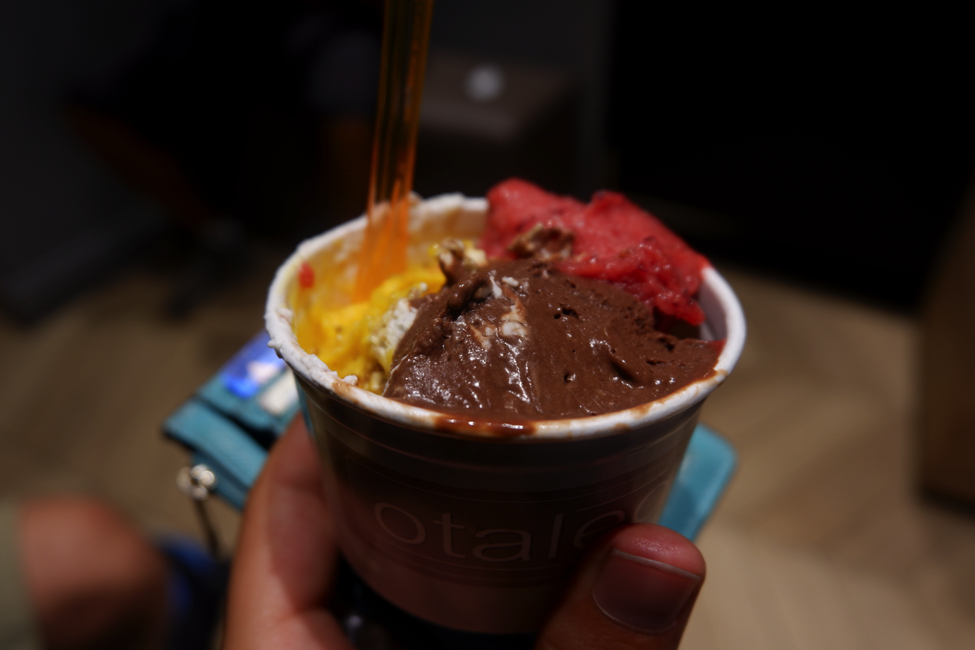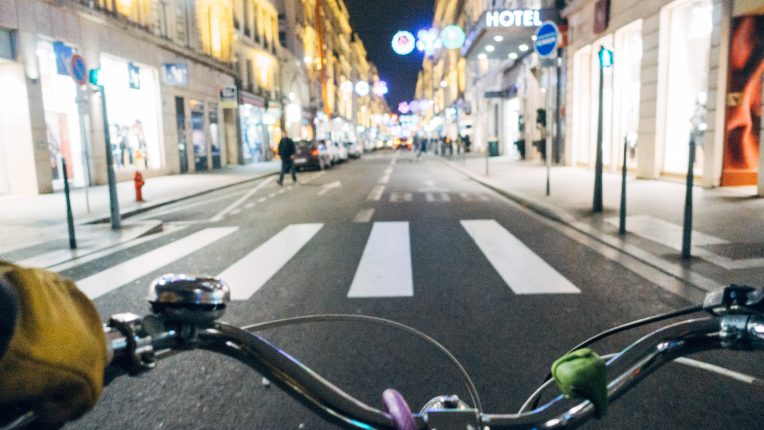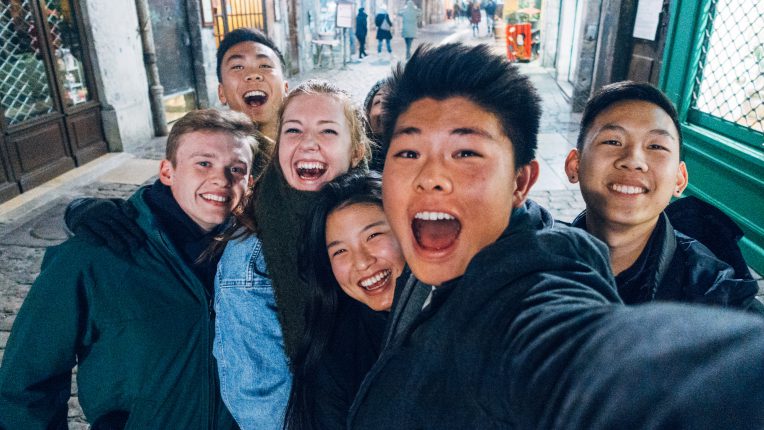Peru | Packing for Summer Abroad
BY MIKA NAGAMOTO
Helpful Tips:
- Roll all of your clothing so that it fits neatly into your luggage or buy packing cubes for good organization
- Put all of your liquids into plastic bags
- Pack light (most students brought one larger suitcase that they checked and one carryon backpack)
- Note: for our program we went to Iquitos for a week. It’s helpful to have one smaller duffle bag or suitcase that can be used to pack your things for a week. Bringing a large suitcase or checking a bag is a bit of a hassle for shorter trips.
- Bring a toothbrush, toothpaste, deodorant, and a hairbrush on the plane (it’s a long flight and especially if you’re on a red-eye these items are much appreciated)
- Don’t forget to download music onto your phone (if you use Spotify this is especially helpful to remember before you leave Wifi)
- Keep all of your valuables and an extra pair of clothing in your carry-on (incase you loose your luggage)
Fully Disclosed Packing List: (note that I decided to stay for the entire summer in Peru instead of just the length of the program so this list is for 3 months of luggage)
- Clothing
- 3 pairs of jeans
- 3 pairs of comfortable leggings
- 1 pair of warm sweatpants
- 7 long sleeve shirts/light sweaters
- Several layers of warm jackets: a fleece or light down jacket are the most common layers that students brought
- 4 t-shirts
- Hiking pants
- 2 hiking/workout material tank-tops
- 1 good layer to keep mosquitos away: a thick flannel or light jean jacket is helpful
- 1 rain jacket
- 1 pair of jean shorts
- Clothing for Iquitos (includes many of the items mentioned above)
I was fortunate enough to spend one week in the Amazon area of Iquitos. During July it is summer in Iquitos which is very hot and humid. Having light linen clothes helps the most with the heat but it’s also important to try to completely cover your skin as much as possible to protect from mosquitos. Most students wore leggings or linen pants, and a long sleeve shirt or flannel when we went into the Amazon. Hats, sunglasses, and a small day-bag for excursions were also very helpful.
- Shoes
- Good walking shoes with traction; the streets in Lima are all polished cement and the morning rain makes the pavement slippery (sounds a little ridiculous but I fall an average of about twice every 4 blocks)
- Comfortable boots; for going to nicer dinners and cultural events
- Hiking boots (there are several great hikes nearby Lima and this is especially necessary for Machu Picchu)
- Toiletries (a lot of these items can be bought at the stores in Lima in case you forget)
- Mosquito repellent
- Anti-itch cream
- Sunscreen
- Toothbrush
- Toothpaste
- Shampoo/conditioner (the hotel has free shampoo and body soap)
- Deodorant
- Body/face wash
- Medications (remember to bring enough to last the entire trip)
- Pepto-bismol
- Lotion
- GermX
- Contacts/glasses
- Electronics
- A small camera for videos and pictures
- An adapter for outlets; most outlets work with phone chargers or regular two-prong plugs
When packing for me study abroad trip, I tried my best to make sure I was thinking of all possible scenarios I would be in and all of the different types of places I would need clothes for. Lima also has many shopping malls around Miraflores so if anyone forgot anything it was very easy to buy it in a nearby store. Around Parque Kennedy are several clothing and department stores that had many options for a relatively good price.

Mika Nagamoto studied abroad in Lima and Iquitos, Peru, in summer 2018: https://ieo.ucla.edu/travelstudy/GlobalHealth-Lima/














































































